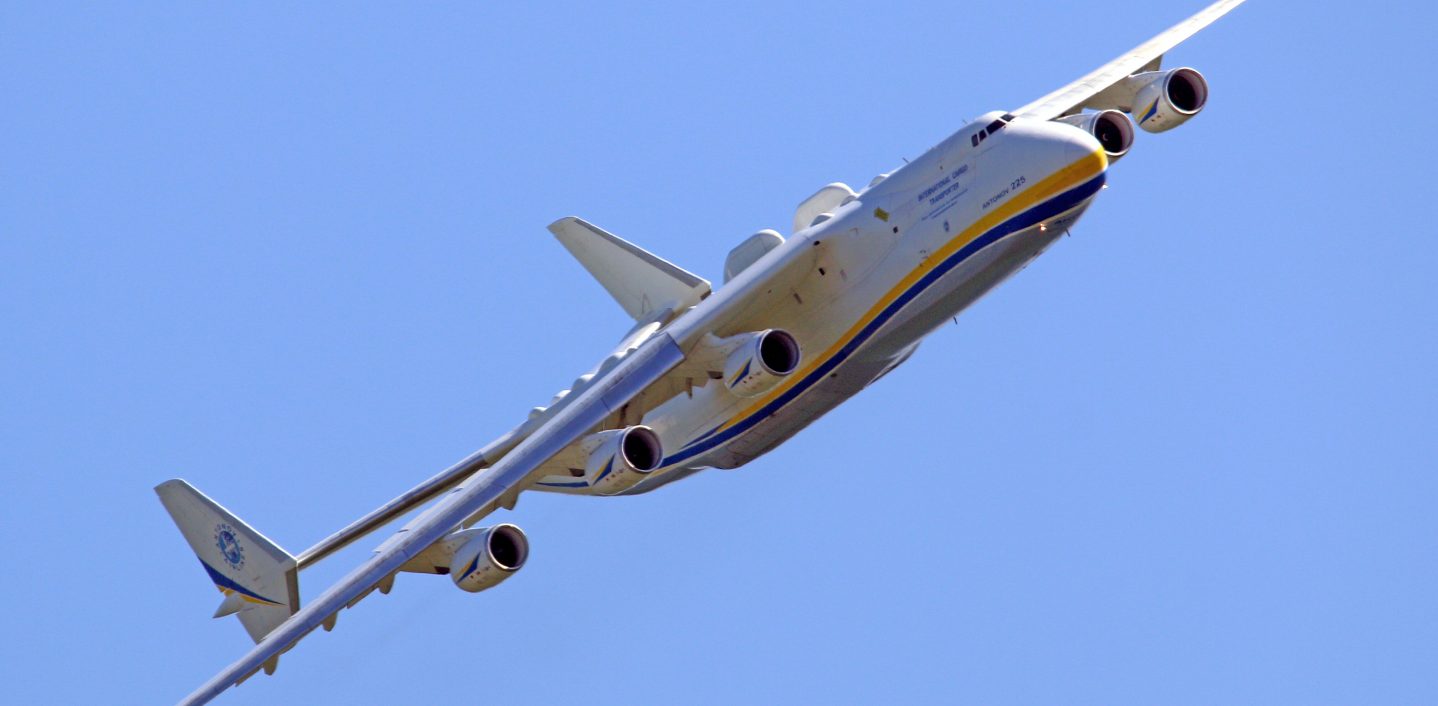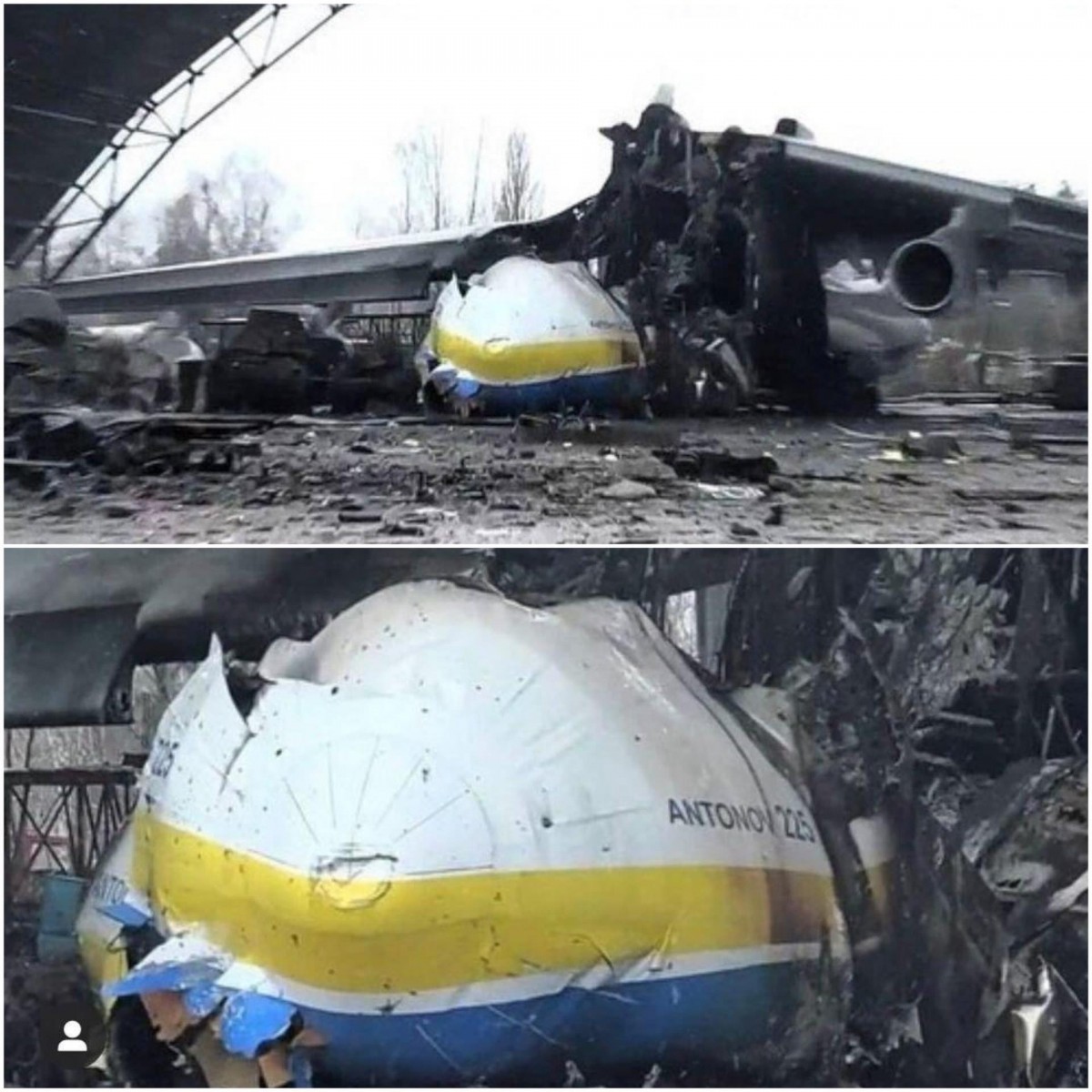The photographs of the destroyed Antonov AN-225 have become highly regarded in the hearts of aviation fans worldwide.
Built in the 1980s to transport the Soviet space shuttle, the plane had a second life as the world’s largest cargo carrier after the Cold War ended, setting multiple records before being destroyed at its home base, Hostomel airfield outside Kyiv, in February.

“The dream will never die,” the Antonov company tweeted, referring to the plane’s nickname “Mriya,” which means “dream” in Ukrainian. Solidarity flooded in from all over the world.
But will the AN-225 ever be able to fly again? To tell the truth, first determine the extent of the aircraft’s damage. CNN’s Vasco Cotovio looked at the devastation when he went to Hostomel airfield.
“Hostomel was the scene of intense fighting between Russian and Ukrainian forces since very early in the war,” he says.
“Moscow’s forces tried to seize the airfield to use it as a forward operating position to which they could fly in additional land units. To do that, they mounted an air assault with attack helicopters.”
“They seemed to have had some initial success, but the Ukrainian response was very quick, hitting the airfield fast and strong — to prevent any sort of landing,” he says.
Repairing was out of the question.

“The nose of the plane was completely destroyed, seemingly the victim of a direct artillery hit,” Cotovio says.
“In addition to that, there was extensive damage to the wings and some of the engines. The tail end section was spared from any large impacts and had a few holes caused by either shrapnel or bullets.”
“Had it not been for the direct hit on the nose, the AN-225 might have been repairable,” he says.
According to Andrii Sovenko, a Kyiv-based engineer, the fuselage’s middle section has been destroyed.
“Restoring them will be the hardest,” he says. “This is due to the fact that most of the various electrical systems, pumps and filters used on the AN-225 are all from the 1980s.”

“They are simply no longer being made, so it’s unlikely they can be restored exactly in the way they were,” he added.
The best part is that very little damage appears to have occurred to parts of the wings, including aerodynamic features such as flaps and ailerons, that might be saved. In addition, the majority of the plane’s six engines look in good working order, and the entire tail has just been damaged by shrapnel, so it’s in pretty good shape.
Sovenko believes that the plane in Hostomel cannot be repaired.

“I am an optimist. I sincerely and deeply wish that Antonov aircraft will continue to fly in the skies of the future,” He said.
“But I’m also a realist. And I fully understand that the costs necessary to build the second Mriya will have to be correlated with the financial capabilities of Antonov after the war, as well as with the expected income from the operation of this aircraft,” Sovenko added.


